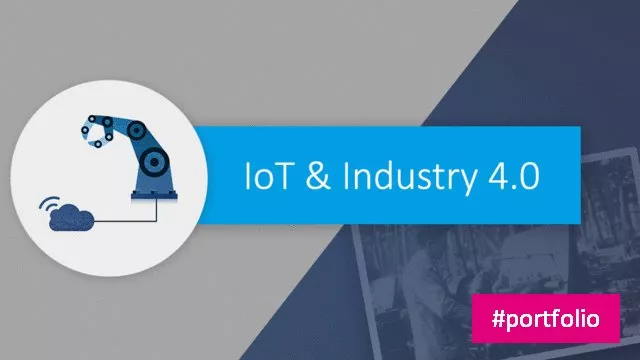Is the German customer service really as bad as its reputation? Time and again, surveys and covert tests are carried out by pollsters in order to get to the bottom of this question. In this context, however, one thing is not taken into account – the mood of the customers both during and shortly after the service communication.
In order to analyze this important quality indicator, b.telligent, the Call Center Association (Call Center Verband e.V.) and Attensity have jointly carried out a social media analysis. In this context, 65,000+ tweets on customer service in Twitter were analyzed with regard to tonality, contact channel and industry over a period from December 2012 to February 2013.
Service quality better than its reputation
Contrary to what the reputation of services might suggest, the analysis revealed that 72 per cent of the comments regarding service quality on the social media channel Twitter must be categorized as positive. The consumer satisfaction is demonstrated by comments such as “Perfect Customer Service!“ or “I and Maci got friendly, qualified and quick assistance right away. Thank you!“. Most frequently, the service was considered “very good“ or “good“, followed by statements about service satisfaction, speed and friendliness of the customer service.
Tweets addressing the topic “Waiting Loop“ and “Performance in Customer Service“, however, are not as good – 98% of the comments regarding the “Waiting Loop“ are negative, the performance in customer service is considered bad by two thirds of the tweets.
The reviews of social media channels, on the other hand, are considered very positive (98%), and the contact channel email is also considered quite positive with 60% positive votes.
Methodological approach
The Analysis was performed with the products Attensity Pipeline and Attensity Analyze.
At first, the data required for the analysis is provided by means of Attensity Pipeline. To this end, the software scans the total of approx. 500 million daily tweets on Twitter for the relevant topics and filters out the appropriate tweets within a few seconds. In addition, the Pipeline also calculates the author’s gender and location.
After that, Attensity Analyze analyses the detected tweets in consideration of the individual sentences. The topics and statements contained therein are extracted by means of a linguistic method which makes it possible to achieve significantly more precise results than the classic social media monitoring tools. Not only the tonal, but all statements are available for analysis. Thus, Attensity Analyze is not only able to determine whether something is considered positive or negative, but also the reason for this assessment.
The analysis is continued on an ongoing basis in order to identify long-term trends and developments in customer service.











